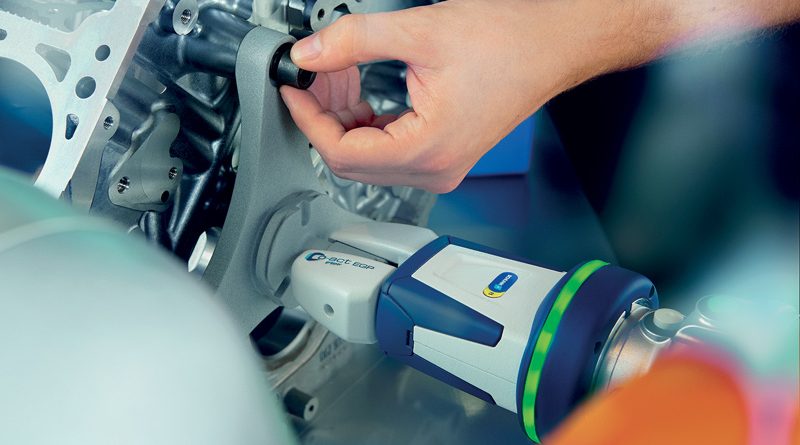Days to Discover Grippers and Cobots
Also in 2020, SCHUNK and Omron organized the TM Collaborative Days, with two new stages: February 20 in Padua and in Turin (date to be determinated). During the two days, SCHUNK’s EGP-C Co-act gripper was presented together with OMRON’s TM Collaborative Robots
by Marcello Ponte
After the last stage of October 2019 in Modena, the TM Collaborative Day workshops organized by OMRON and SCHUNK are back in 2020 with two stages in the first quarter of the year: February 20 in Padua and in Turin (the date will be announced as soon as possible).
Two demonstration days dedicated to flexible production and collaborative applications: next to Co-act EGP-C, the first industrial gripper certified on the market offered by SCHUNK, a company specializing in gripping systems and clamping technology, the safe OMRON TM Collaborative Robot line was presented. The line is simple to program and integrate.
During the workshops, there was talk also of trends and safety of collaborative robotics, regulatory references and the importance of assessing risks and limits of strength and power.
A certified and awarded gripper
Co-act EGP-C is the first industrial gripper certified by the German Occupational Accident Insurance DGUV. The certificate simplifies compliance with safety requirements for collaborative applications and reduces the time required to certify the entire system. The compact two-finger parallel gripper, also awarded with the iF Design Award 2019, with anti-collision protection covers a wide range of applications, from small assembly of components in the electronics and consumer goods sectors to assembly applications in the automotive sector. Co-act EGP-C meets the requirements of ISO/TS 15066 and is designed in such a way as not to cause physical injury to people. A current limitation guarantees safety and reliability according to regulations.
Safe and versatile cobots
Safety is a priority also for OMRON TM Collaborative Robots, which also comply with the ISO 10218 technical standard and the ISO/TS 15066 technical specification. The simplified programming of these robots requires no coding and no push-button panel, guaranteeing the user faster boot time. Therefore, these cobots feature high versatility and adaptability to various applications, in particular to machine tool enslavement, loading and unloading, assembly, gluing, testing and welding operations.
Less programming means higher speed and greater flexibility in production changes, helping to create a competitive advantage by making product variants in small batches at low prices.

